Superconducting giant atoms are realized in a waveguide by coupling small atoms to the waveguide at multiple discrete locations, producing tunable atom–waveguide coupling and enabling decoherence-free interactions.


If you are interested in brain computer interfaces (BCI), then you need to listen to this very exciting podcast!
I have only been aware of this DARPA NNN (Next-generation Non-surgical Neurotechnology) program since mid-March, and it is my number one topic of interest. I am interested in it because I have a plan for mind uploading to extend my life indefinitely — otherwise known as superlongevity in our group — but I have no interest in allowing anyone to drill holes in my head! DARPA is looking at ways for non-invasive methods of connecting the thoughts in our brains to computers. Over time, this could be a method to capture the thoughts and memories and emotions within my mind and transfer them into a computer substrate. And, to be clear, this mind upload will, in fact, be me.
Naturally, DARPA is not developing this so that I can upload my mind. This is part of their wounded warrior project, where they are trying to rehabilitate soldiers who have had the misfortune to have lost a limb. In addition to the non-invasive neural technology, they are working on haptics to provide a feedback loop for the sense of touch and temperature. They are also working on what they describe as third wave AI to support this technology.
The interview is with Dr Al Emondi, who has had a fascinating career in technology. He is the DARPA program manager in the Biological Technologies department.
I will always admire DARPA for its world-changing technology innovations!
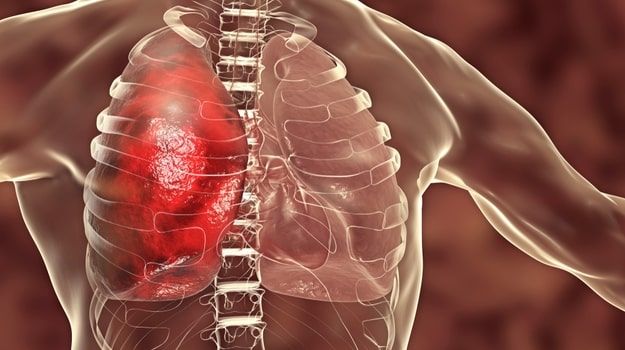
Roche’s Actemra failed to meet its primary and secondary endpoints in a late-stage study involving hospitalized patients with severe COVID-19 associated pneumonia. The drug also failed to hit a key secondary endpoint of reduced patient mortality.
Genentech, the South San Francisco-based Roche subsidiary, launched the Phase III COVACTA study of Actemra, a rheumatoid arthritis drug, in March for this indication. The COVACTA study marked the first global study of Actemra (tocilizumab) plus standard-of-care in this setting. Actemra is an IL-6 inhibitor. The IL-6 protein triggers the body’s immune and inflammatory response to fight infections. But, in the case of those patients where their immune system overreacts, such as in some COVID-19 patients, inhibiting IL-6 could keep the body from attacking itself.
This morning, Genentech announced that COVACTA did not meet its primary endpoint of improved clinical status in hospitalized adult patients with severe COVID-19 associated pneumonia. In addition, the key secondary endpoints, which included the difference in patient mortality at week four, were not met. However, there was a positive trend in time to hospital discharge in patients treated with Actemra, the company said. The median time to discharge for Actemra patients was 20 days, compared to 28 days for placebo patients. Genentech did say, however, that the difference cannot be considered statistically significant as the primary endpoint of the COVACTA study was not met.
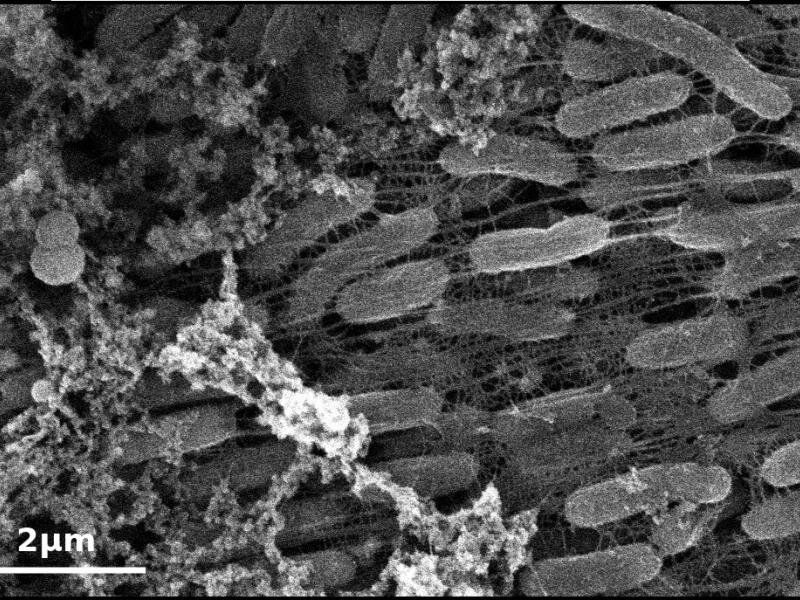
When the Shewanella oneidensis bacterium “breathes” in certain metal and sulfur compounds anaerobically, the way an aerobic organism would process oxygen, it produces materials that could be used to enhance electronics, electrochemical energy storage, and drug-delivery devices.
The ability of this bacterium to produce molybdenum disulfide—a material that is able to transfer electrons easily, like graphene—is the focus of research published in Biointerphases by a team of engineers from Rensselaer Polytechnic Institute.
“This has some serious potential if we can understand this process and control aspects of how the bacteria are making these and other materials,” said Shayla Sawyer, an associate professor of electrical, computer, and systems engineering at Rensselaer.
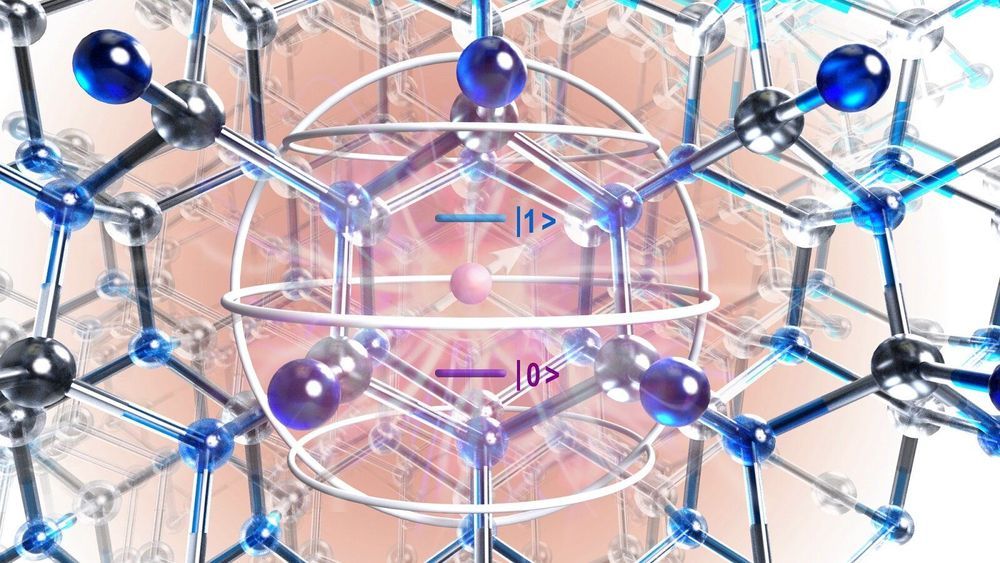
Quantum computers have enormous potential for calculations using novel algorithms and involving amounts of data far beyond the capacity of today’s supercomputers. While such computers have been built, they are still in their infancy and have limited applicability for solving complex problems in materials science and chemistry. For example, they only permit the simulation of the properties of a few atoms for materials research.
Scientists at the U.S. Department of Energy’s (DOE) Argonne National Laboratory and the University of Chicago (UChicago) have developed a method paving the way to using quantum computers to simulate realistic molecules and complex materials, whose description requires hundreds of atoms.
The research team is led by Giulia Galli, director of the Midwest Integrated Center for Computational Materials (MICCoM), a group leader in Argonne’s Materials Science division and a member of the Center for Molecular Engineering at Argonne. Galli is also the Liew Family Professor of Electronic Structure and Simulations in the Pritzker School of Molecular Engineering and a Professor of Chemistry at UChicago. She worked on this project with assistant scientist Marco Govoni and graduate student He Ma, both part of Argonne’s Materials Science division and UChicago.

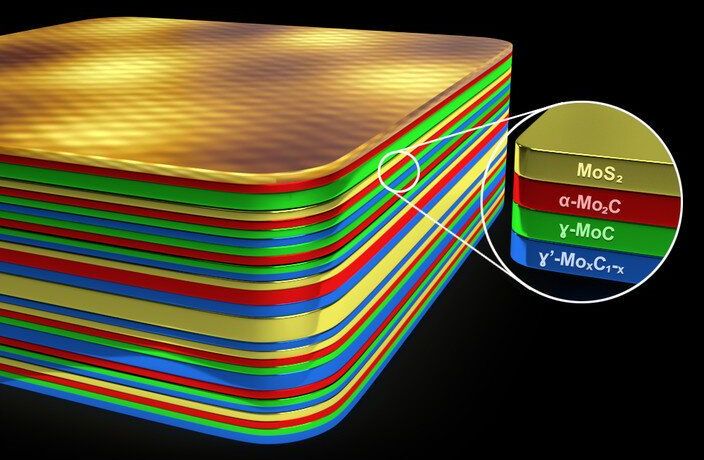
The possibility of achieving room temperature superconductivity took a tiny step forward with a recent discovery by a team of Penn State physicists and materials scientists.
The surprising discovery involved layering a two-dimensional material called molybdenum sulfide with another material called molybdenum carbide. Molybdenum carbide is a known superconductor—electrons can flow through the material without any resistance. Even the best of metals, such as silver or copper, lose energy through heat. This loss makes long-distance transmission of electricity more costly.
“Superconductivity occurs at very low temperatures, close to absolute zero or 0 Kelvin,” said Mauricio Terrones, corresponding author on a paper in Proceedings of the National Academy of Sciences published this week. “The alpha phase of Moly carbide is superconducting at 4 Kelvin.”

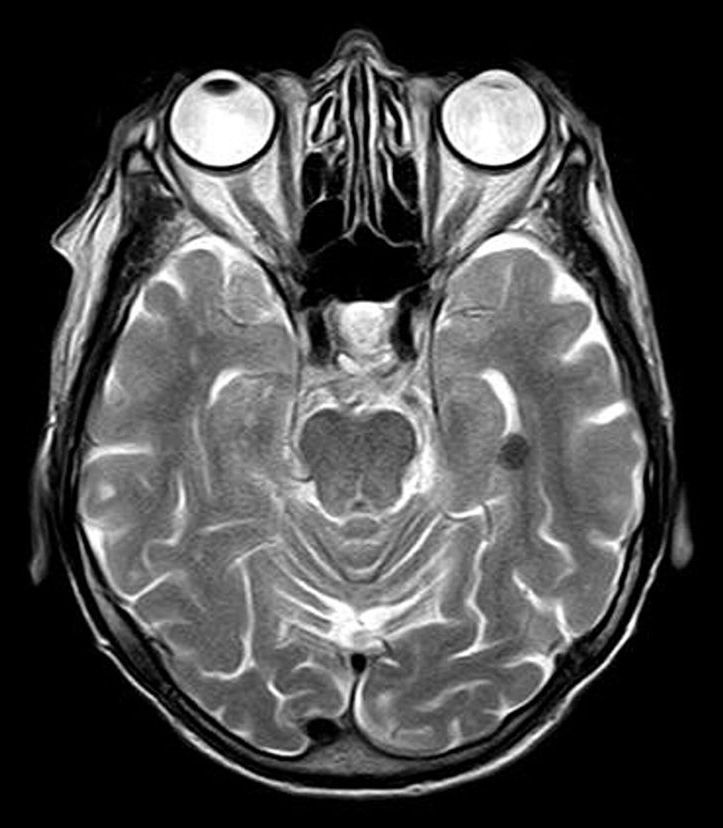
Through a cross-species study of metformin, a common drug used to treat Type 2 diabetes, a team of researchers and clinicians from the Donnelly Center and The Hospital for Sick Children (SickKids) has shown that it could one day be possible to repair brain injury using resident cells in the brain.
“No one’s actually shown before that you can take a drug where there’s a known mechanism on endogenous stem cells and demonstrate that it’s even possible to induce brain growth and positive recovery,” says Donald Mabbott, Program Head and Senior Scientist in the Neurosciences & Mental Health program at SickKids, and co-author of a study published in Nature Medicine on July 27.
Mabbott says metformin is a potential game-changer in terms of how childhood brain injury is treated.

International team of scientists with Mainz participation proposes plans for high-intensity gamma radiation source at CERN.
The ‘Gamma Factory initiative’ – an international team of scientists – is currently exploring a novel research tool: They propose to develop a source of high-intensity gamma rays using the existing accelerator facilities at CERN. To do this, specialized ion beams will be circulated in the SPS and LHC storage rings, which will then be excited using laser beams so that they emit photons. In the selected configuration, the energies of the photons will be within the gamma radiation range of the electromagnetic spectrum. This is of particular interest in connection with spectroscopic analysis of atomic nuclei. Furthermore, the gamma rays will be designed to have a very high intensity, several orders of magnitude higher than those of systems currently in operation.